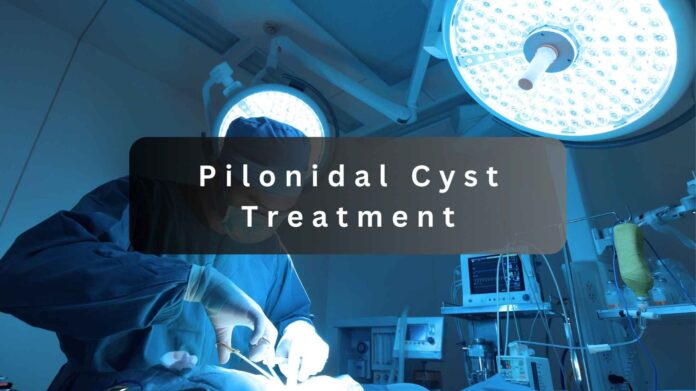“Treating a pilonidal cyst is a tricky bit. The cyst has a high chance of relapse. Therefore, it is always advisable to go deeper to remove the entire infected area. Latest advancements in pilonidal cyst treatment have been helpful in improving treatment outcomes.”
Dr Allen Kamrava MD MBA is a renowned colorectal surgeon. With his constant endeavor to bring the latest treatment advancements to practice, he successfully enhances treatment and recovery experience.
Pilonidal cysts are hard to treat. The pilonidal cyst treatment will start with basic home remedies. But to remove painful and infected cysts, invasive procedures and complete excision are necessary. So to improve treatment outcomes, there is a constant effort to upgrade the treatment plan.
Advancements in Pilonidal Cyst Treatment
The advancements in science focus on different aspects of improvement. Anything that will reduce the risk of recurrence, improve patient outcomes, and cut down on recovery time is a boon for the patients. The latest efforts in this direction include:
1. Less Invasive Procedures
The main challenge of surgical excision of the cyst is wound care and subsequent healing. Once the invasive pilonidal cyst treatments get less invasive, the pain and discomfort will get settled. For this, the experts in the colorectal surgery field are upskilling themselves for the endoscopic and laser treatment process. The method will help remove the infected cyst and the surrounding area without leaving large wounds.
2. Rhomboid Flap Surgery
The rhomboid flap surgery is a technique that removes the cyst site and the surrounding infected skin tissue. It further reconstructs the area by grafting healthy skin tissue from a nearby site. This clears all scope of infection breeding again. Although this treatment for pilonidal cyst is invasive and the recovery time is the longest, it minimizes the chances of recurrence.
3. Cleft Lift
The pilonidal cyst starts in a moist and damp environment. Obese individuals typically have extra fat around the buttocks and belly area. The cleft lift procedure aims to reduce the depth of the cleft between the buttocks. This reduces the problem area and in turn, has a remarkable reduction in the risk of developing a pilonidal cyst.
4. Glue Shots
A biological adhesive is fast emerging as a good non-invasive treatment. For treatment, pilonidal cyst area can be sealed immediately upon its appearance. It is seen as a great treatment option for non-infected pilonidal cysts. When used as the first line of treatment it can save from the development of the painful cyst and the challenges associated with its dealing and management.
5. Wound Care Products
Improving the wound care method can bring significant relief to post-surgery management of pilonidal cyst excision. Waterproof bandages can prevent the wounds from getting damp. Also, bandages with a negative pressure technique can promote blood circulation in the area to promote better healing.
Final Thoughts
The awkwardness of talking about the disease and seeking prompt help is a taboo that needs immediate correction. Educating people about the condition and designing easy ways to get effective results is a method to improve disease outcomes. Dr. Allen Kamrava MD MBA has a targeted treatment plan when it comes to dealing with painful pilonidal cysts. His pre and post-operative management helps find relief in the most chronic cases.
